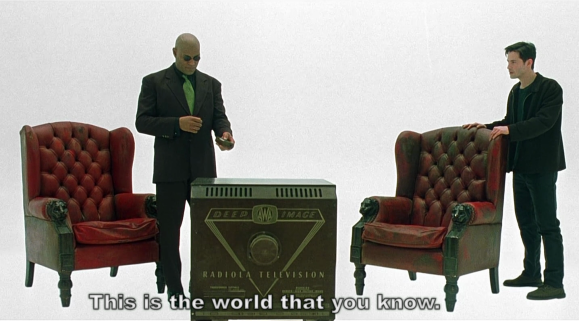Another semester learning about EdTech is in the books!
What stood out?
Apart from all of the great presentations covering presentation-formats, assistive technology, assessment, the evolution of the web, educational media and several more… there were several major ideas that stuck out.
- Engagement helps with learning.
- EdTech has developed over time to continue to engage people.
- EdTech continues to develop and as educators we have to as well.
- There are several different theories of education that are inherent within different forms of EdTech.
- Those who create these technologies possess a significant amount of power in determining the direction of student learning.
- EdTech can both act as a means to bridge learning gaps yet widen the digital divide.
- Some forms of EdTech are meant to entertain.
- Entertainment leads to engagement which leads to learning.
- Therefore: EdTech is and has always been about us and our learners.
For your viewing pleasure, “Learner”, a remix of “Closer” by The Chainsmokers feat. Halsey.
Lyrics:
E, C and I 8 33
History of Edtech is our topic, okay?
Classmates, I tried to connect with you on google
but I forgot to tweet you again.
Theory is where we start.
Connective, evolving chaotic parts.
Ed-Tech, changes for all
And I am entertainer in my classroom walls
And my, my thoughts,
Oh, I will blog.
So let me tell you more about how education’s grown.
Distance learning for home-schooled
Or for students studyin’ abroad
And I won’t ever get over
The tragic death of Mr. Hooper
Entertainer is engager.
And I will always be an engager.
EdTech’s all about our learners.
And we are all a bunch of learners.
(I could email)
you and use power point inside the classroom
share my screen usin’ the app zoom, ya all day
Say, can we play formative assessment
Kahoot, Menti, or Soc-rative
Assistive tech creates parts
Makin’ learnin’ possible against all odds
And, for free or not
Trying to teach students to have critical thoughts
And I will blog
Oh my, my thoughts.
So Bill C let me know sir
‘Bout Aurasma cree instructor
Angus, bout web 3.0
personalize data or my info
Find out more about virtual
Reality and its scope
Engaging equals learning.
And I will always be a learner.
EdTech’s all about our learners.
And we are all a bunch of learners.
So Alec tell us more sir, bout EdTech and bout our learners.
How to help who can’t afford?
BYOD do we bring ours
AR/VR alters our world
Is real even real anymore?
Questions grow us all as learners
And EdTech keeps us all learners.
EdTech is all about our learners.
(And we are all a bunch of learners.)
EdTech is all about our learners.
(And we are all a bunch of learners.)
EdTech is all about our learners.
(And we are all a bunch of learners.)
EdTech is all about our learners.
And we are all a bunch of learners.
And I will always be a learner.











